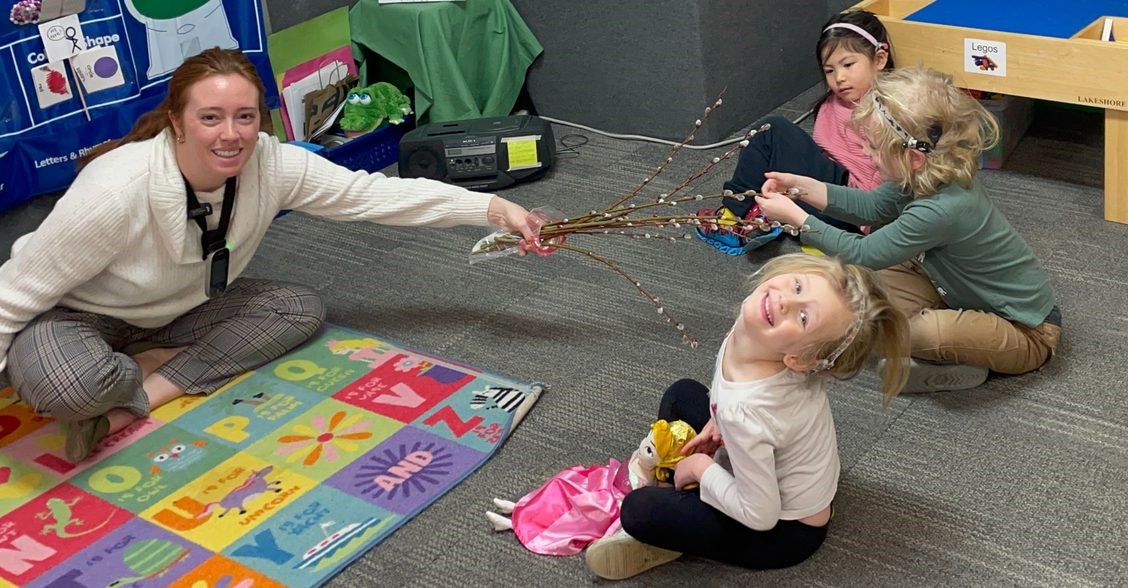
Open-Ended Questions require more than a yes/no answer. Some children benefit from being provided with choices. These types of questions allow for your child to engage in meaningful conversations with adults and eventually with their peers.
How are both strategies done together? Using open-ended questions offers a child more flexibility in their language to provide opinions and thoughts. If you notice that your child looks confused by your open-ended question, use choices to provide support. Giving choices can help your child successfully continue the conversation. This type of modification is commonly known as scaffolding. This teaching tool helps bring the conversation to a level in which your child can be successful. When you give choices, include a set of target words or phrases (at least 3) to answer the question, complete the statement, or complete the task.

Here are 3 tips to practice using Open-Ended Questions and Choices at home:
-
Here are some sample open-ended questions: What do you think is going to happen next? What would you do? How are we going to? or Why did he feel that way?
-
After wait time, provide multiple options that answer the open-ended question such as, “Maybe they will swim, walk, or dig.”
-
Use the LSL strategies of wait time, expectant look, and acoustic highlighting to help cue your child that it’s their turn to respond.
This Auditory-Verbal strategy helps to build your child’s listening and spoken language skills surrounding attention to auditory information, length of utterances, and turn-taking in conversations.
